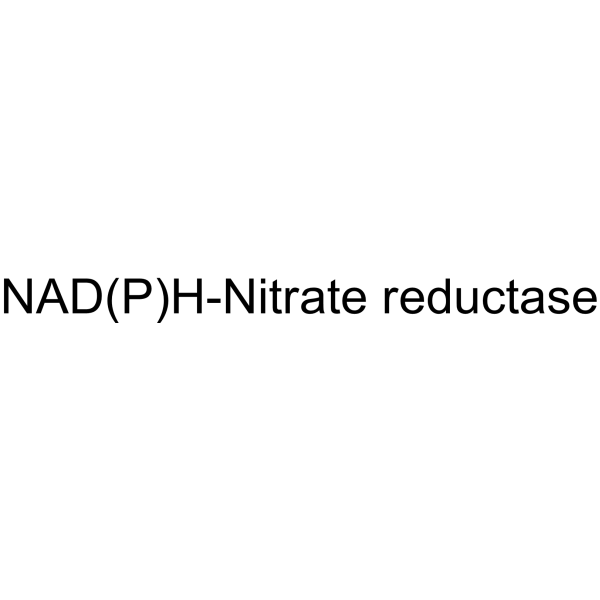| 结构式 | 名称/CAS号 | 全部文献 |
|---|---|---|
 |
NITRATE REDUCTASE
CAS:9029-42-9 |
|
 |
抗坏血酸氧化酶(南瓜蛋白)
CAS:9029-27-0 |